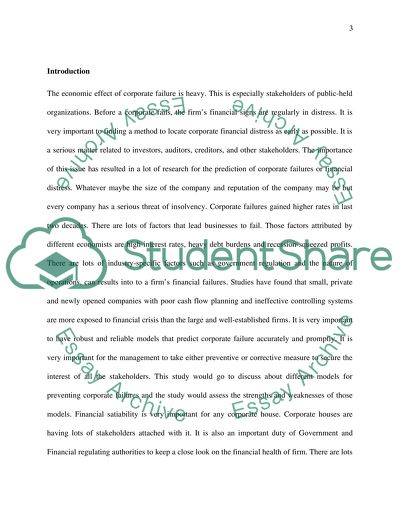Cite this document
(“The predictions of corporate failures Essay Example | Topics and Well Written Essays - 2500 words”, n.d.)
The predictions of corporate failures Essay Example | Topics and Well Written Essays - 2500 words. Retrieved from https://studentshare.org/finance-accounting/1642495-the-predictions-of-corporate-failures
The predictions of corporate failures Essay Example | Topics and Well Written Essays - 2500 words. Retrieved from https://studentshare.org/finance-accounting/1642495-the-predictions-of-corporate-failures
(The Predictions of Corporate Failures Essay Example | Topics and Well Written Essays - 2500 Words)
The Predictions of Corporate Failures Essay Example | Topics and Well Written Essays - 2500 Words. https://studentshare.org/finance-accounting/1642495-the-predictions-of-corporate-failures.
The Predictions of Corporate Failures Essay Example | Topics and Well Written Essays - 2500 Words. https://studentshare.org/finance-accounting/1642495-the-predictions-of-corporate-failures.
“The Predictions of Corporate Failures Essay Example | Topics and Well Written Essays - 2500 Words”, n.d. https://studentshare.org/finance-accounting/1642495-the-predictions-of-corporate-failures.


